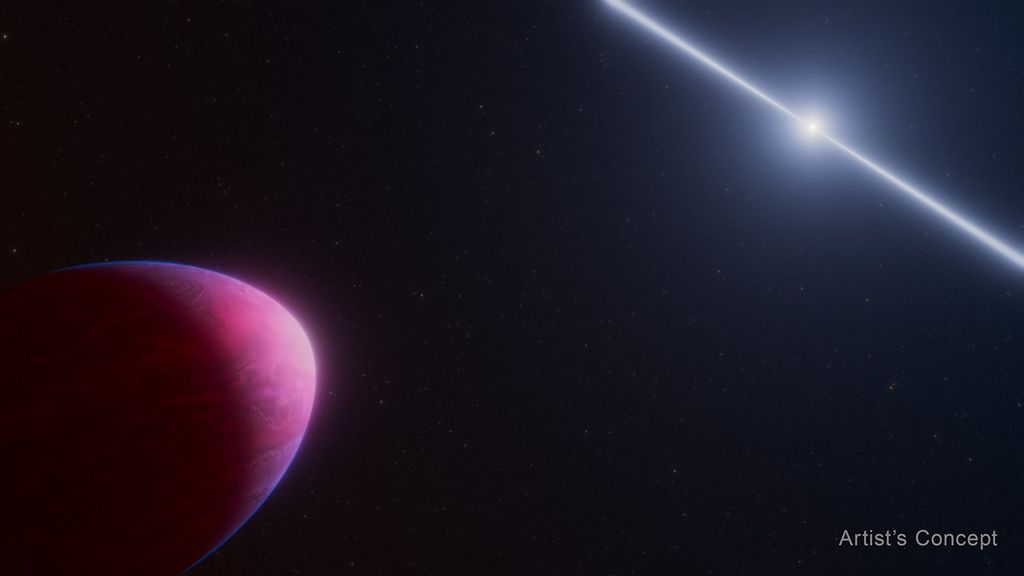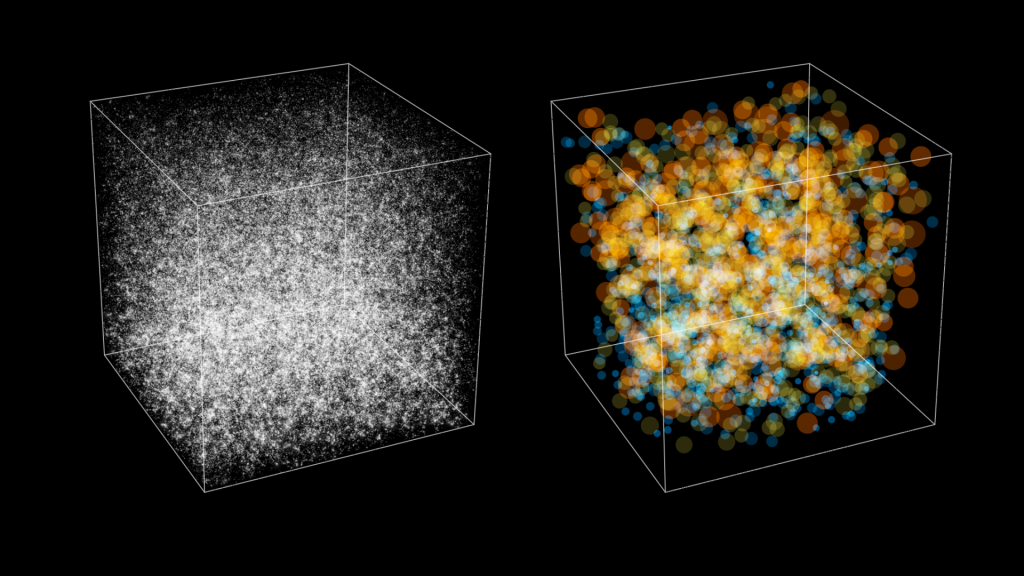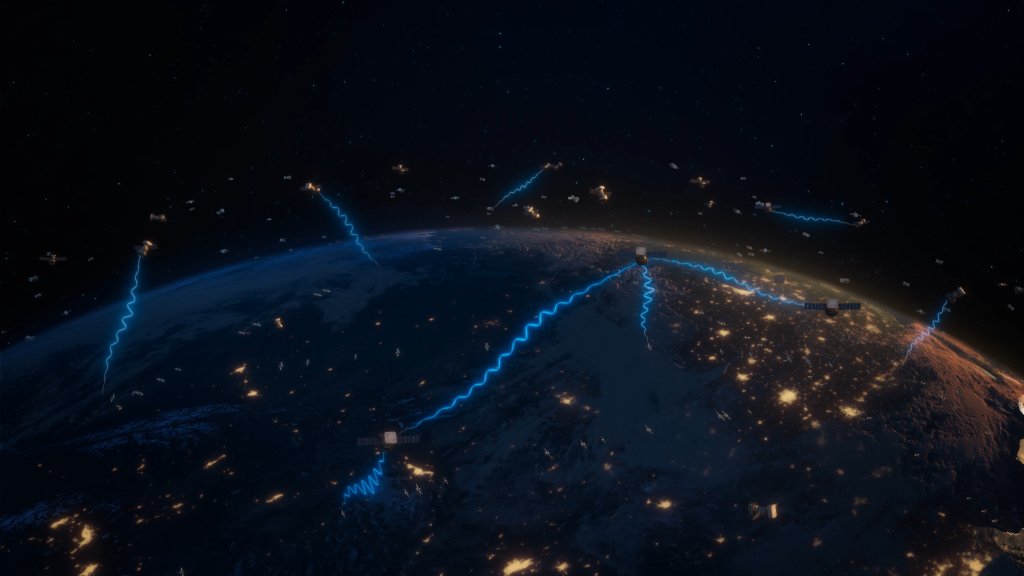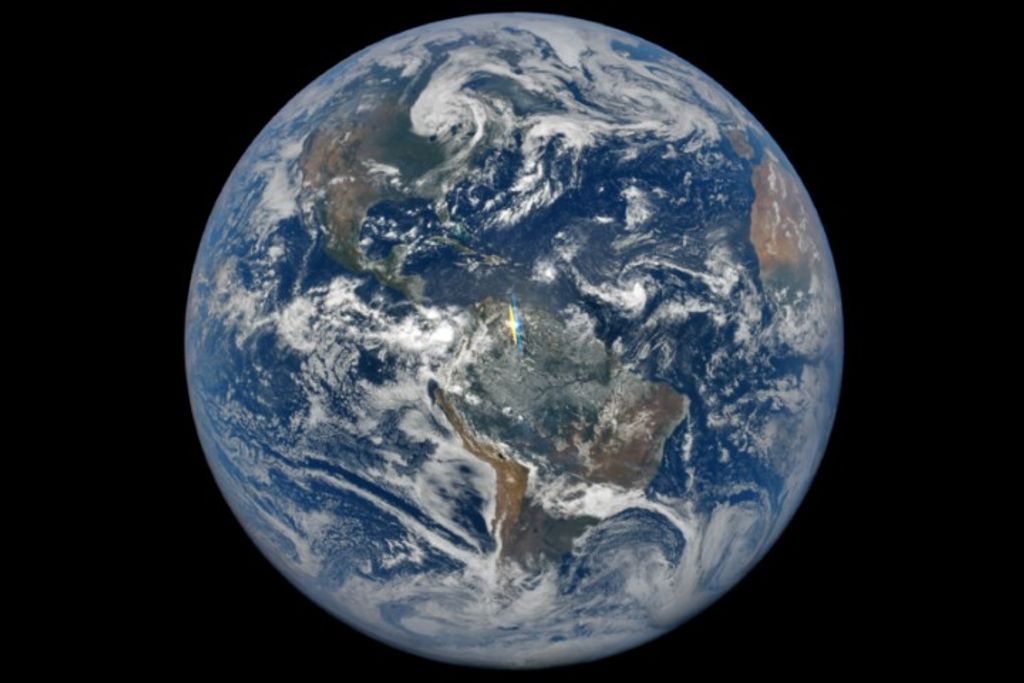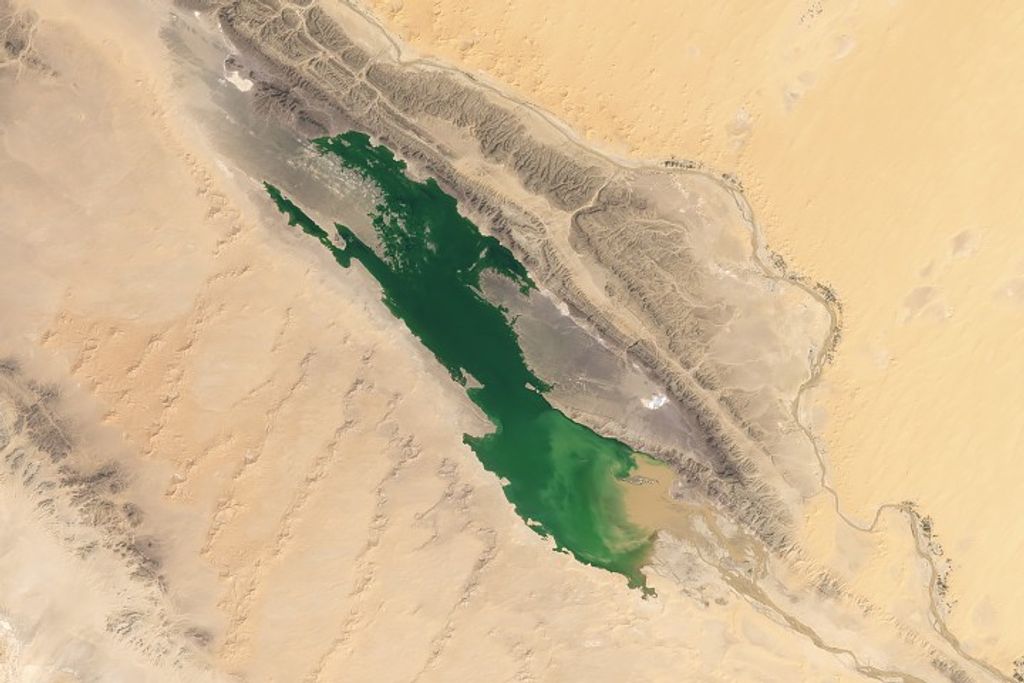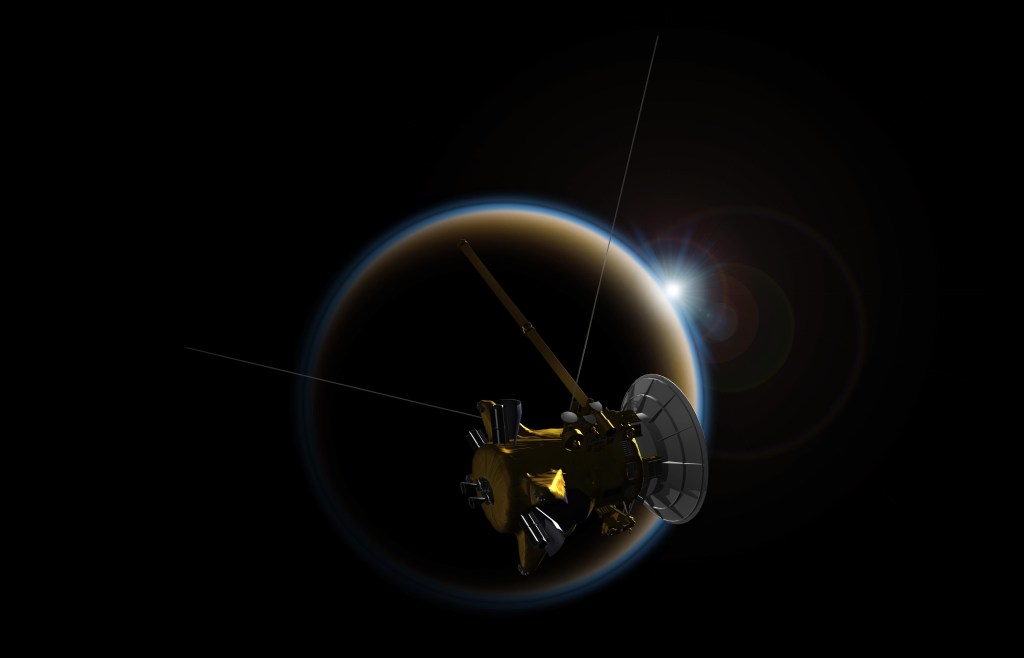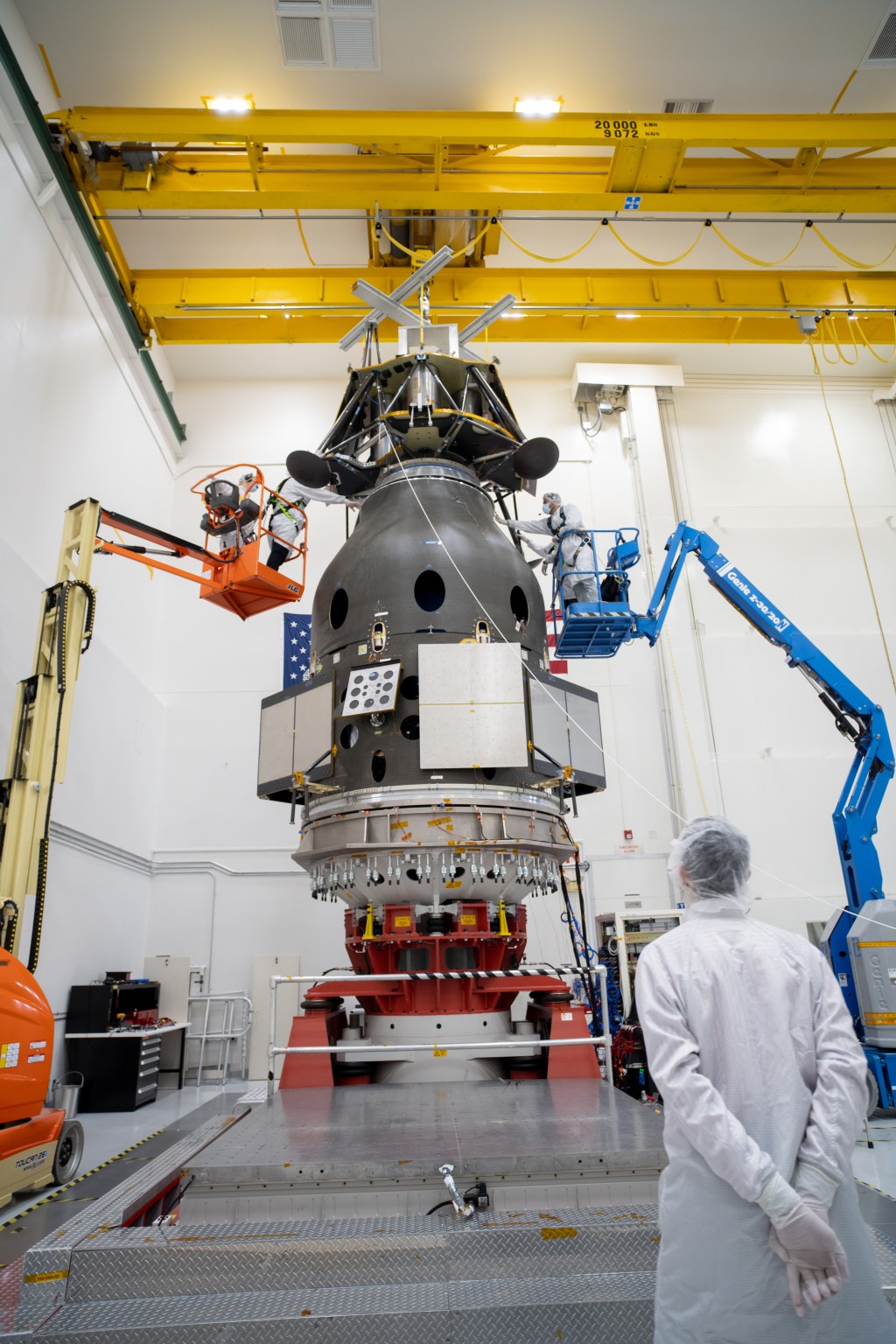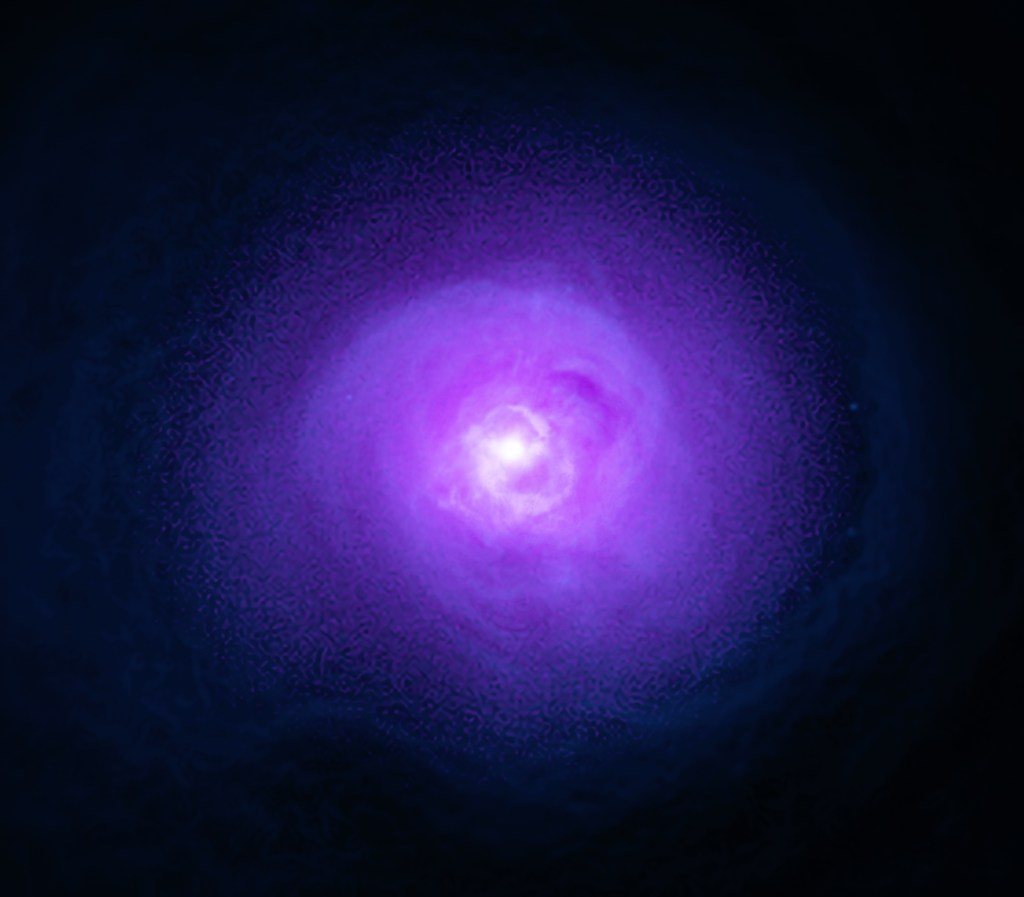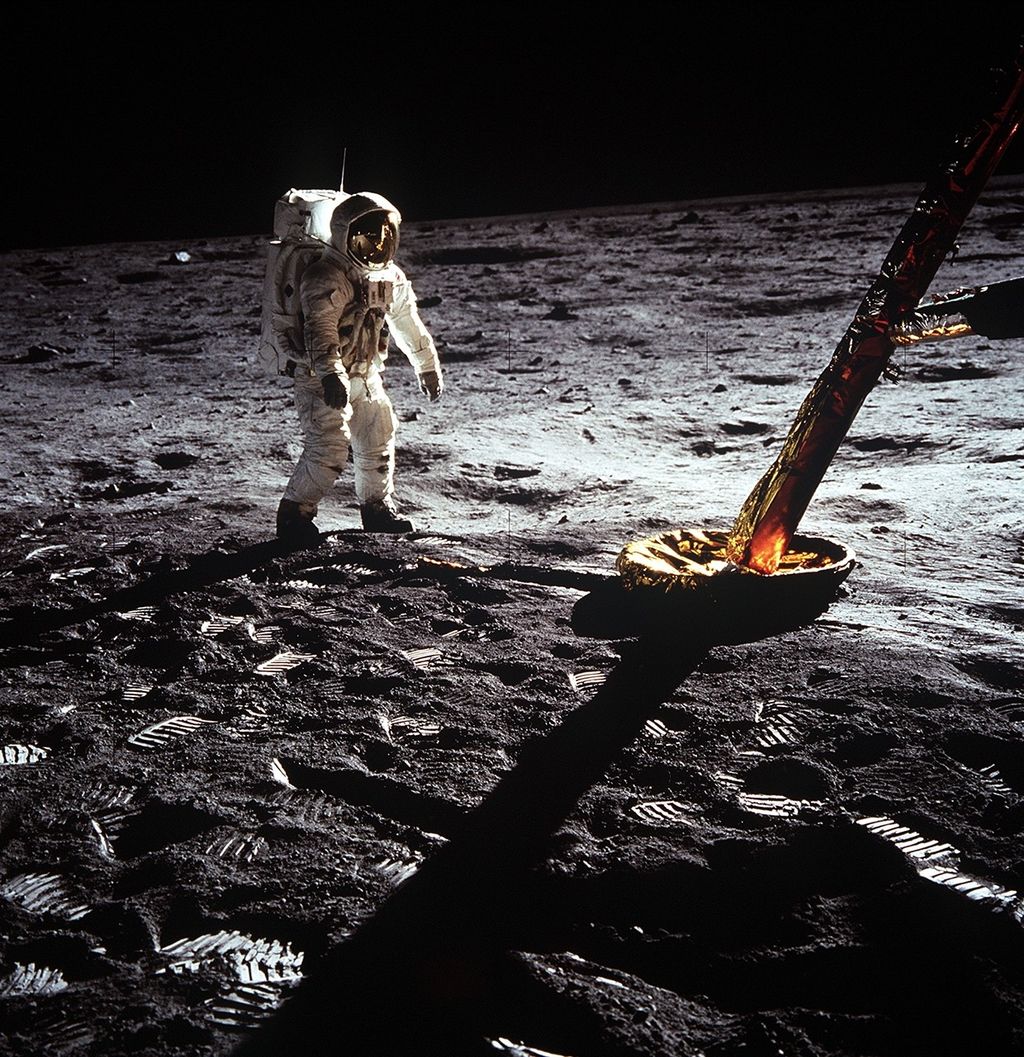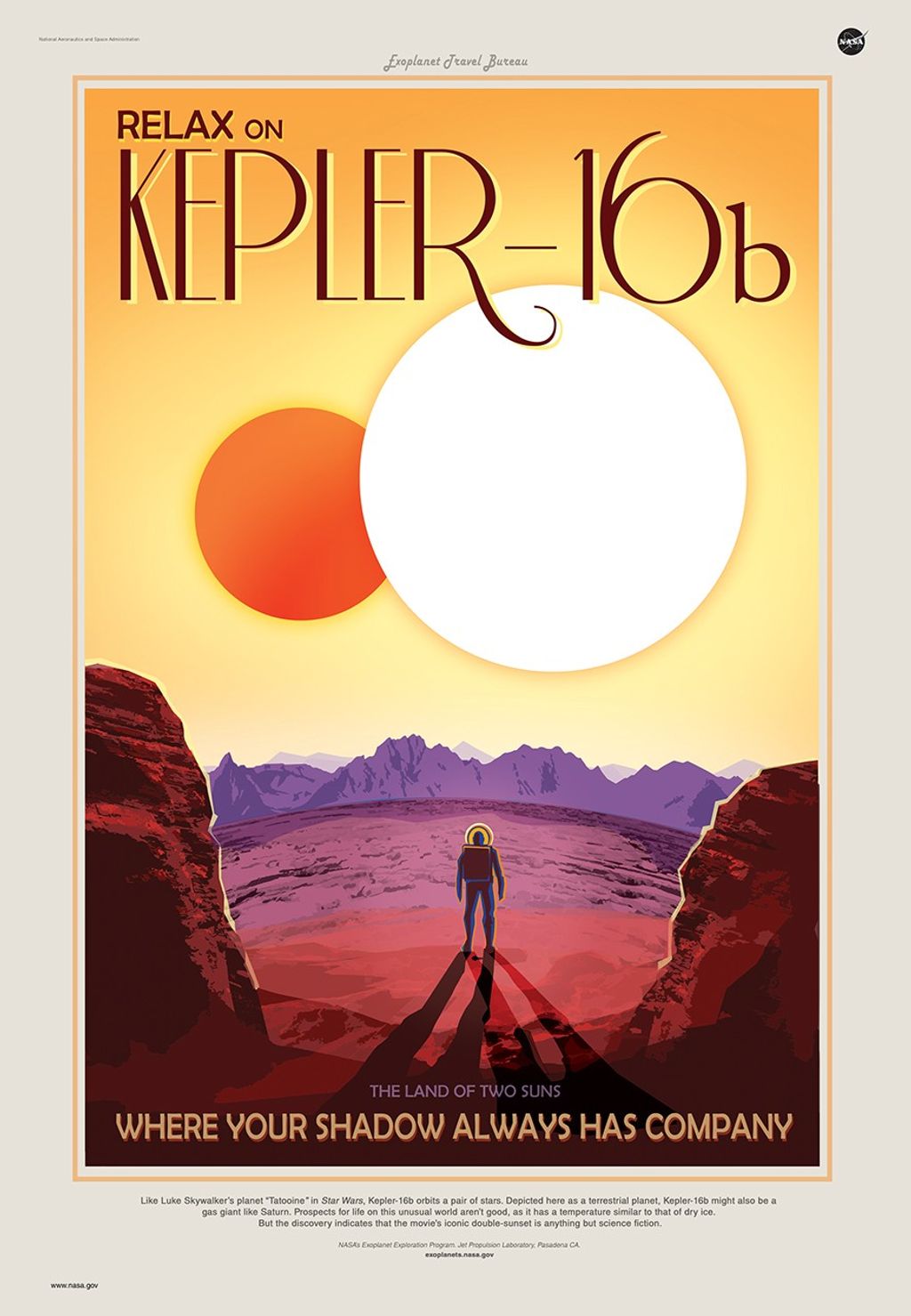1 min read
Compass and Scale Image for Arp 147
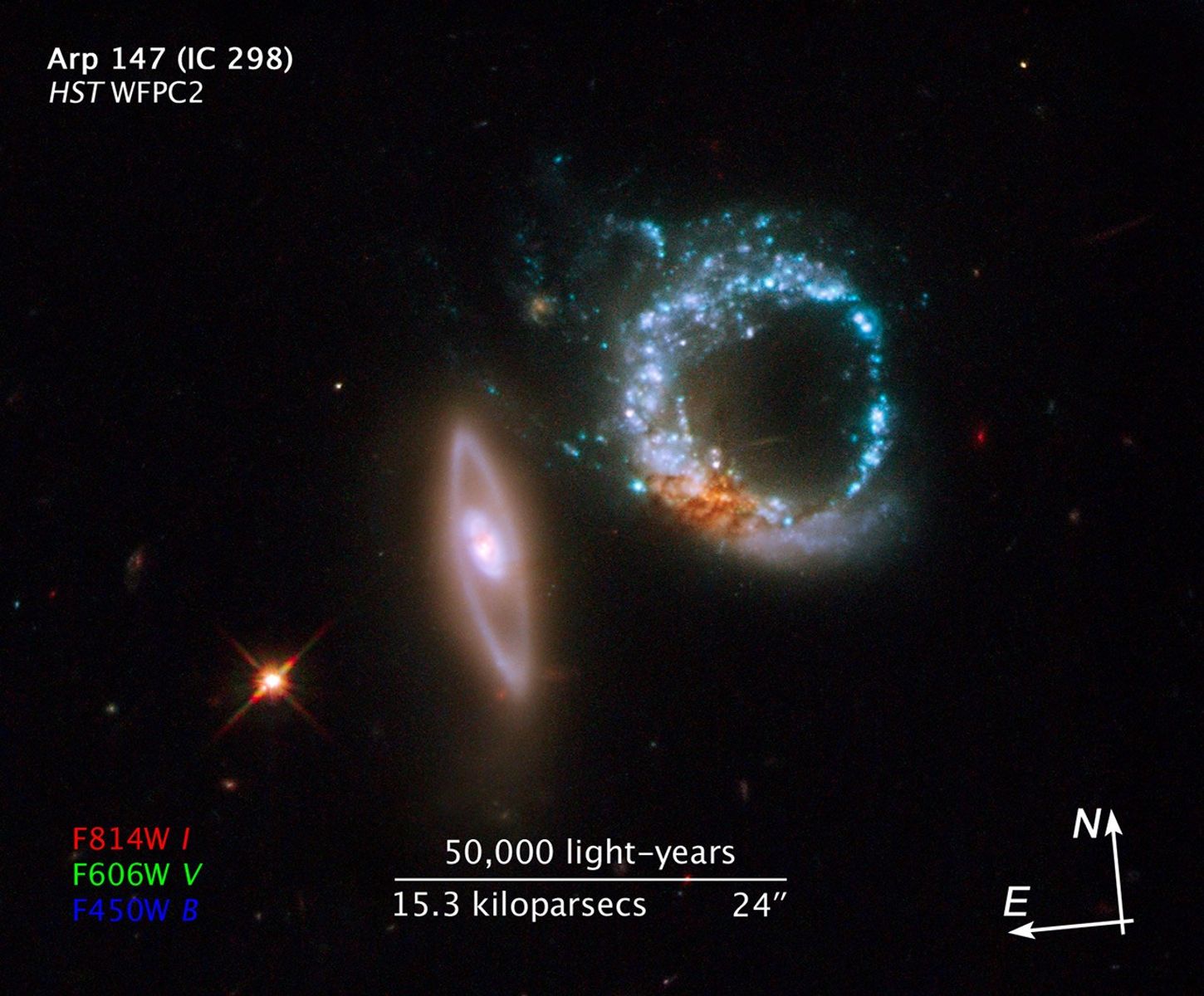
About the Object
- R.A. PositionR.A. PositionRight ascension – analogous to longitude – is one component of an object's position.03h 11m 18.89s
- Dec. PositionDec. PositionDeclination – analogous to latitude – is one component of an object's position.01° 18' 52.99"
- ConstellationConstellationOne of 88 recognized regions of the celestial sphere in which the object appears.Cetus
- DistanceDistanceThe physical distance from Earth to the astronomical object. Distances within our solar system are usually measured in Astronomical Units (AU). Distances between stars are usually measured in light-years. Interstellar distances can also be measured in parsecs.440 million light-years (130 Megaparsecs)
- DimensionsDimensionsThe physical size of the object or the apparent angle it subtends on the sky.This image is roughly 1.2 arcminutes (154,000 light-years or 47 kiloparsecs) wide.
About the Data
- Data DescriptionData DescriptionProposal: A description of the observations, their scientific justification, and the links to the data available in the science archive.
Science Team: The astronomers who planned the observations and analyzed the data. "PI" refers to the Principal Investigator.HST Proposal: 11902 M. Livio, K. Noll, M. Mutchler, L. Frattare, Z. Levay, and W. Januszewski (STScI). - InstrumentInstrumentThe science instrument used to produce the data.HST>WFPC2
- Exposure DatesExposure DatesThe date(s) that the telescope made its observations and the total exposure time.October 27-28, 2008, Exposure Time: 6 hours
- FiltersFiltersThe camera filters that were used in the science observations.F450W (B), F606W (V), and F814W (I)
- Object NameObject NameA name or catalog number that astronomers use to identify an astronomical object.Arp 147
- Object DescriptionObject DescriptionThe type of astronomical object.Interacting Galaxies
- Release DateOctober 30, 2008
- Science ReleaseHubble Scores a Perfect Ten
- Credit

Color Info
Color InfoA brief description of the methods used to convert telescope data into the color image being presented.
The image is a composite of separate exposures made by the WFPC2 instrument on the Hubble Space Telescope. Three filters were used to sample broad wavelength ranges. The color results from assigning different hues (colors) to each monochromatic image. In this case, the assigned colors are: Blue: F450W (B) Green: F606W (V) Red: F814W (I)
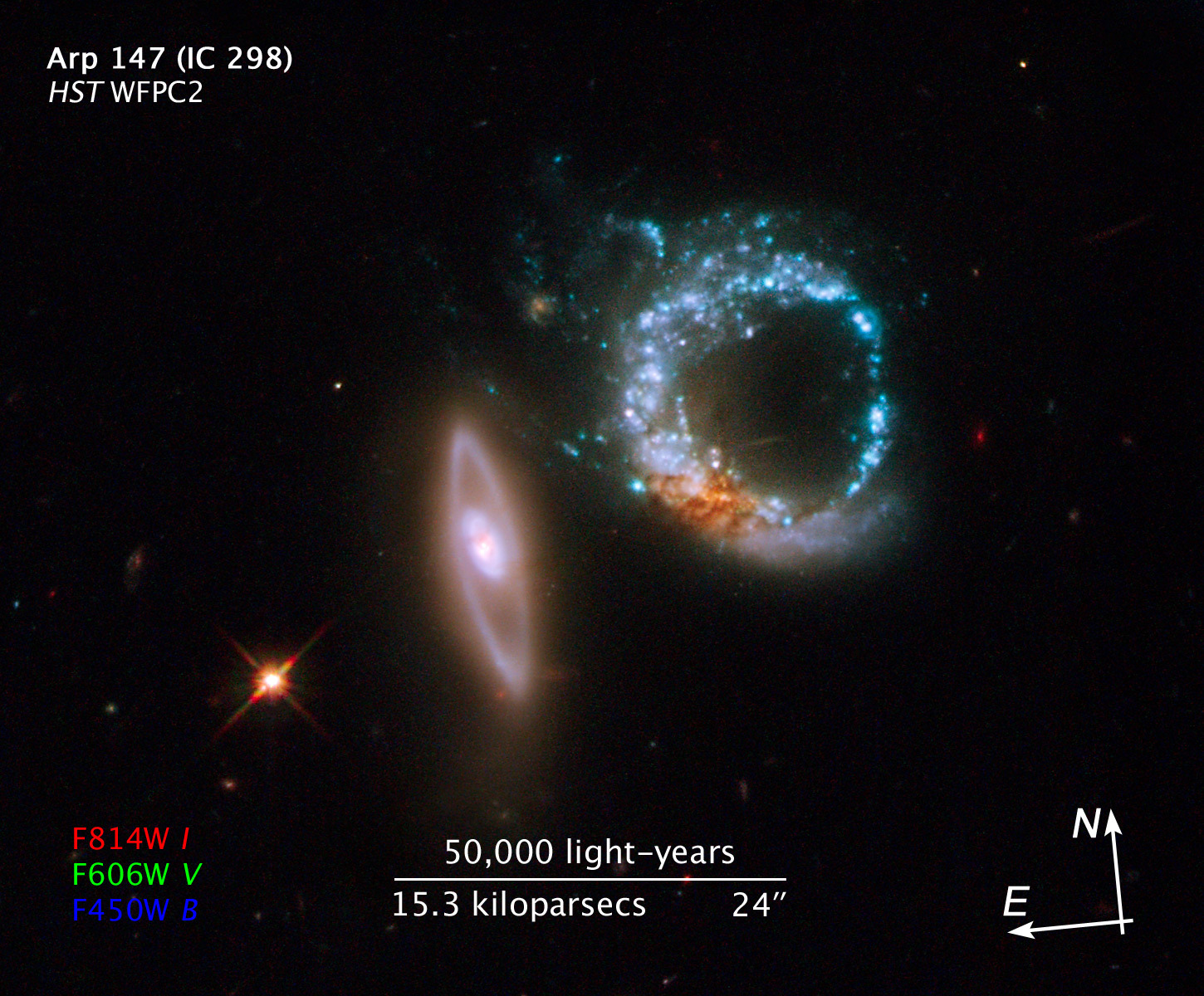
Compass and Scale
Compass and ScaleAn astronomical image with a scale that shows how large an object is on the sky, a compass that shows how the object is oriented on the sky, and the filters with which the image was made.
Related Images & Videos

Interacting Galaxies Arp 147
NASA's Hubble Space Telescope is back in business. Just a couple of days after the orbiting observatory was brought back online, Hubble aimed its prime working camera, the Wide Field Planetary Camera 2 (WFPC2), at a particularly intriguing target, a pair of gravitationally...
Share
Details
Last Updated
Aug 17, 2025
Contact
Media
Claire Andreoli
NASA’s Goddard Space Flight Center
Greenbelt, Maryland
claire.andreoli@nasa.gov


